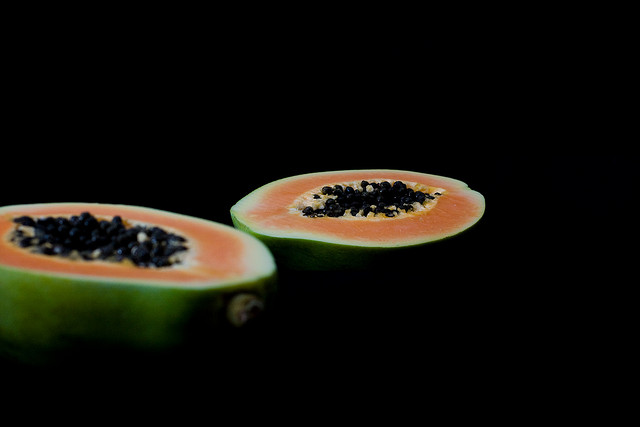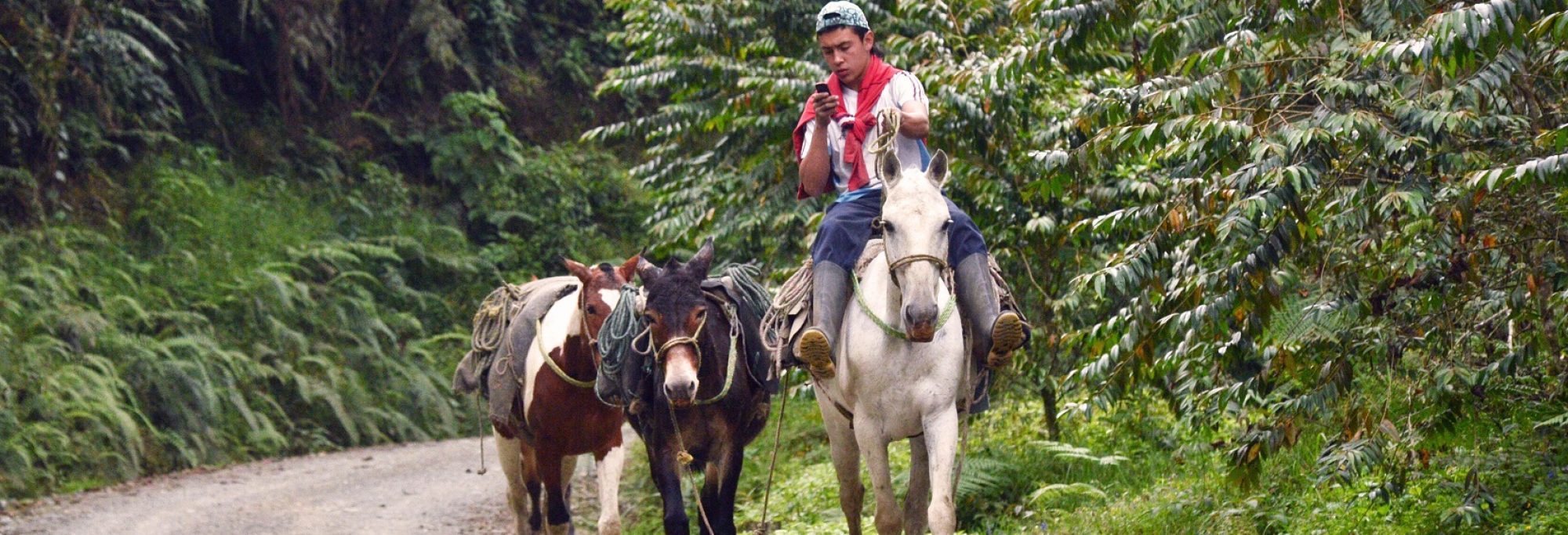ARGENTINA
Researchers at the National University of Córdoba developed in rats a method for assessing the exposure of fetuses to moderate consumption of alcohol by their mothers. They found that the fetus familiarizes itself with flavors and odors in the amniotic fluid and that newborns recognize the smell of alcohol, even if the mothers have consumed it in low doses.

Scientists at the University of Buenos Aires have successfully cloned bovine chromosomes in order to be able to change the sex of the animal in the future. The objective is to obtain a genetically superior dairy cow (producing a limited number of offspring) with a bull whose semen can beget thousands of offspring.
The Universidad Nacional del Noreste has developed an ointment for the treatment of animals with lesions that will prevent bacterial infections and be resistant to heat and water. It will be produced and marketed by Biological Litoral.
Argentine and foreign scientists are studying limb regeneration in amphibians, detecting that the first layer of cells formed at the site of amputation corresponds to stem cells. The results were published in the journal Science.
50 researchers have left the port of Mar del Plata for the Antarctic to study biodiversity and the geology of the seafloor.
CHILE
AstroBus is an astronomy outreach project led by José Maza. The project´s goal is to teach about astronomy using a portable planetarium and mobile telescopes in the form of workshops with the public.
Chilean President Sebastián Piñera announced the creation of the Ministry of Higher Education, Science and Technology. The main purpose of it is to try to double by 2016 investment in science and technology. He will soon hand the administration off to opposition President Michelle Bachelet.
PANAMA
Three Panamanian communities will see the release of genetically modified male mosquitoes to control dengue, a viral disease similar to malaria and West Nile. The modified males copulate with wild females thus killing the eggs. Effectiveness of the program is contested.
MEXICO
Researchers from the International Centre for Maize and Wheat Improvement (CIMMYT ) have developed varieties of triticale (a hybrid of wheat and rye) that can be a foraging alternative when other grains are hit by frost.
CARIBBEAN
American scientists are conducting extensive field work in the waters of the Caribbean and the Pacific, among other places, and have found more than 180 species of bioluminescent animals.
PERU
U.S. archaeologists have unearthed human remains dating back 900 years that could have seen the practice of surgical techniques including trepanation, where a hole was drilled into the skull.
CENTRAL AMERICA
DNA studies have shown that the closest relatives of the papaya are three herbaceous species and a small thorny tree living scattered from Mexico to Guatemala and El Salvador.
